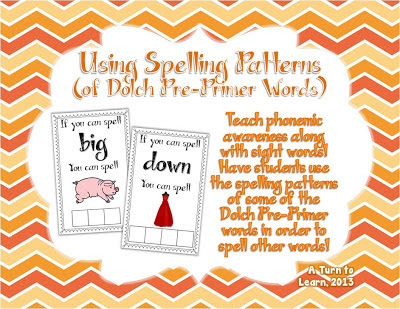Avoid too many Parameters using the Builder Pattern
Today i want to show you another way to use the Builder Pattern. From what i've seen there are tons of examples of the Builder Pattern online. But they do all have one thing in common: They are used to create an Instance of an Object and "replace" its constructor. This way you can create a complex Object in a very clean and readable fashion using a Fluent Interface.
Other than that, there is also a slightly different way you can benefit of the Builder Pattern. Think of a Method with like 10 Parameters. Thats not quite nice, and should not ever happen. Robert C. Martin recommends a maximum amount of 3 Parameters in his book: Clean Code. You should rather use some kind of a Config Object holding those 10 parameters, to clean it up. But lets say, you have a BookService Class with a find(..) method, that allows to search by 10 different parameters, and every single one of them is optional. You could use the Builder Pattern with some kind of Query Object to solve the problem.
As we should always program against Interfaces to keep things modular, ill start with the Interface:
So the Interface looks pretty neat. It allows you to write something like:
While the Query could be considered as an implementation of the Query Object pattern it is not tied to any Database related stuff, which is very important. You dont want to be tied to Criteria Queries or SQL in this Layer. It should be independent of any implementation (e.g. Database or Filesystem).
To clear things up, i want to show you an implementation example using Spring-Data. I am a big fan of Spring-Data, since it allows you to create full featured DAOs with little to no Programming effort for many different Persistence Providers. If you havent used it yet, you should definitely give it a try.
As you can see i am just joining filter Criterias together, and thats it. The implementation is really simple but also expandable. These filter Criterias are supported by my BookRepository (=DAO). I just have to define them in a helper class first. Check out this and that for a deeper understanding how to combine spring-data with criteria queries.
Other than that, there is also a slightly different way you can benefit of the Builder Pattern. Think of a Method with like 10 Parameters. Thats not quite nice, and should not ever happen. Robert C. Martin recommends a maximum amount of 3 Parameters in his book: Clean Code. You should rather use some kind of a Config Object holding those 10 parameters, to clean it up. But lets say, you have a BookService Class with a find(..) method, that allows to search by 10 different parameters, and every single one of them is optional. You could use the Builder Pattern with some kind of Query Object to solve the problem.
As we should always program against Interfaces to keep things modular, ill start with the Interface:
1 | public interface BookService { |
So the Interface looks pretty neat. It allows you to write something like:
bookService.query().hasAuthor("Bob").isCheaperThan(20.9).isAvailable().find();
While the Query could be considered as an implementation of the Query Object pattern it is not tied to any Database related stuff, which is very important. You dont want to be tied to Criteria Queries or SQL in this Layer. It should be independent of any implementation (e.g. Database or Filesystem).
To clear things up, i want to show you an implementation example using Spring-Data. I am a big fan of Spring-Data, since it allows you to create full featured DAOs with little to no Programming effort for many different Persistence Providers. If you havent used it yet, you should definitely give it a try.
1 | @Transactional |
As you can see i am just joining filter Criterias together, and thats it. The implementation is really simple but also expandable. These filter Criterias are supported by my BookRepository (=DAO). I just have to define them in a helper class first. Check out this and that for a deeper understanding how to combine spring-data with criteria queries.

Comments
Post a Comment